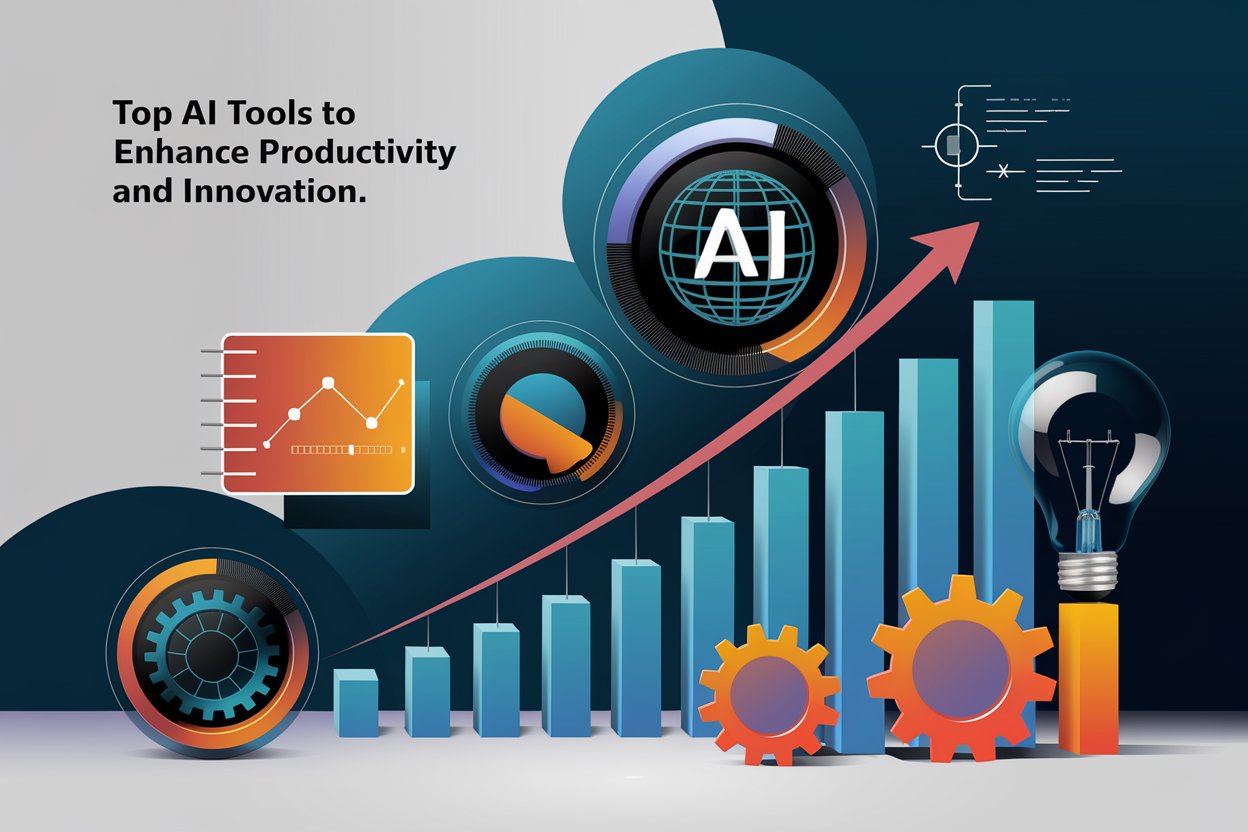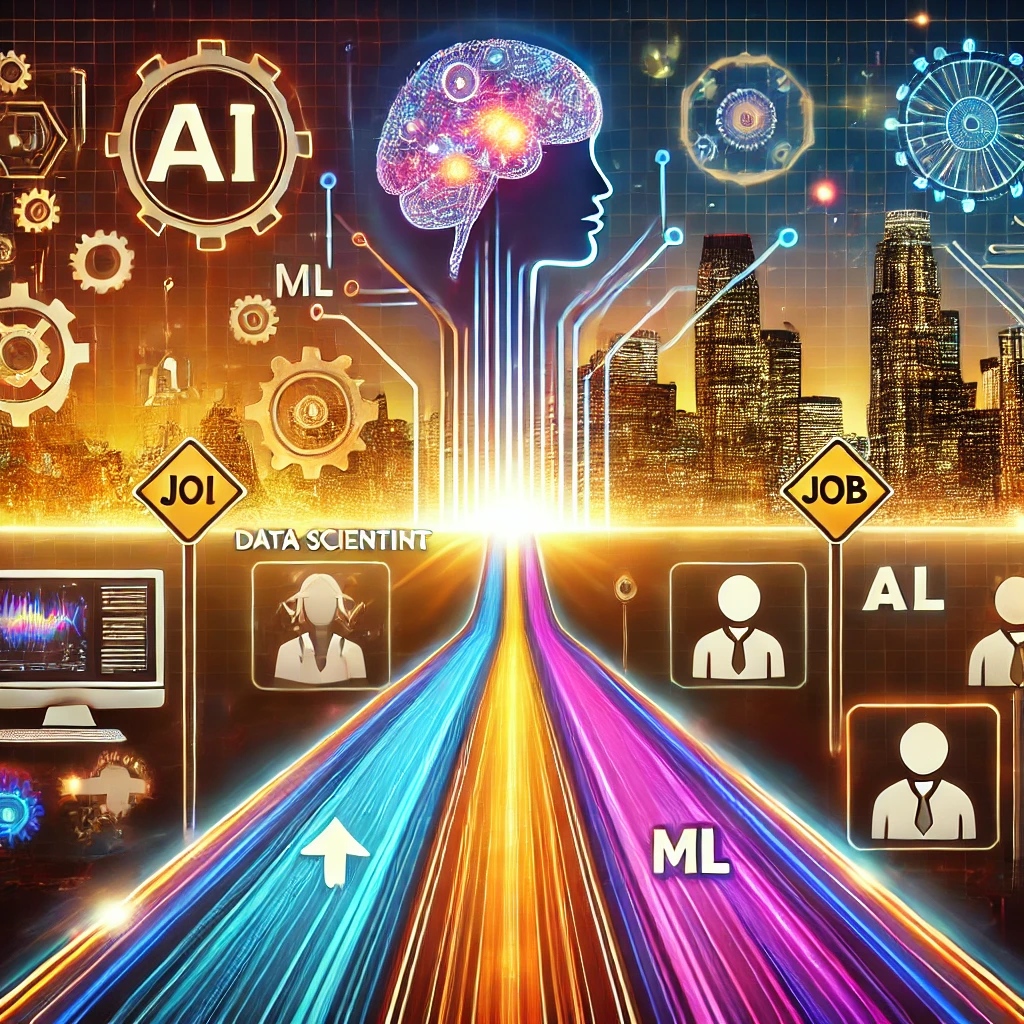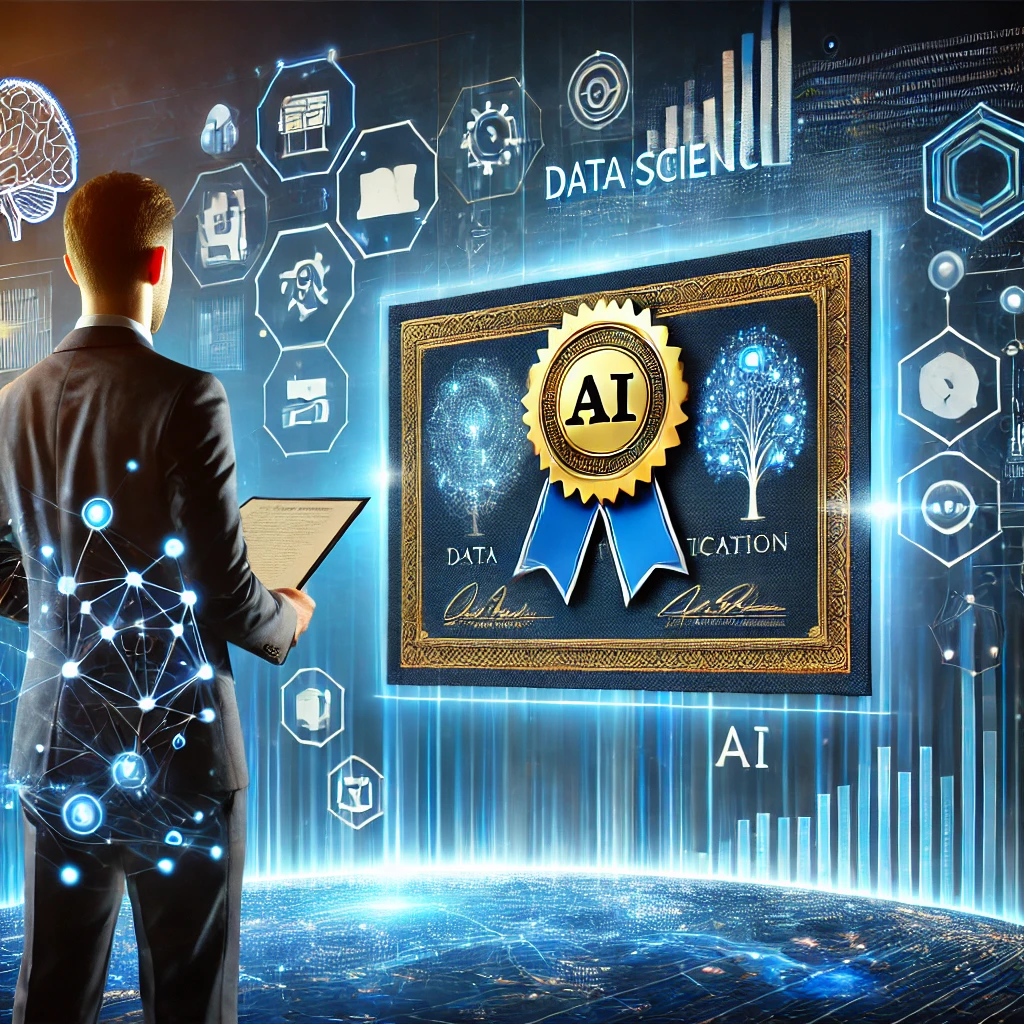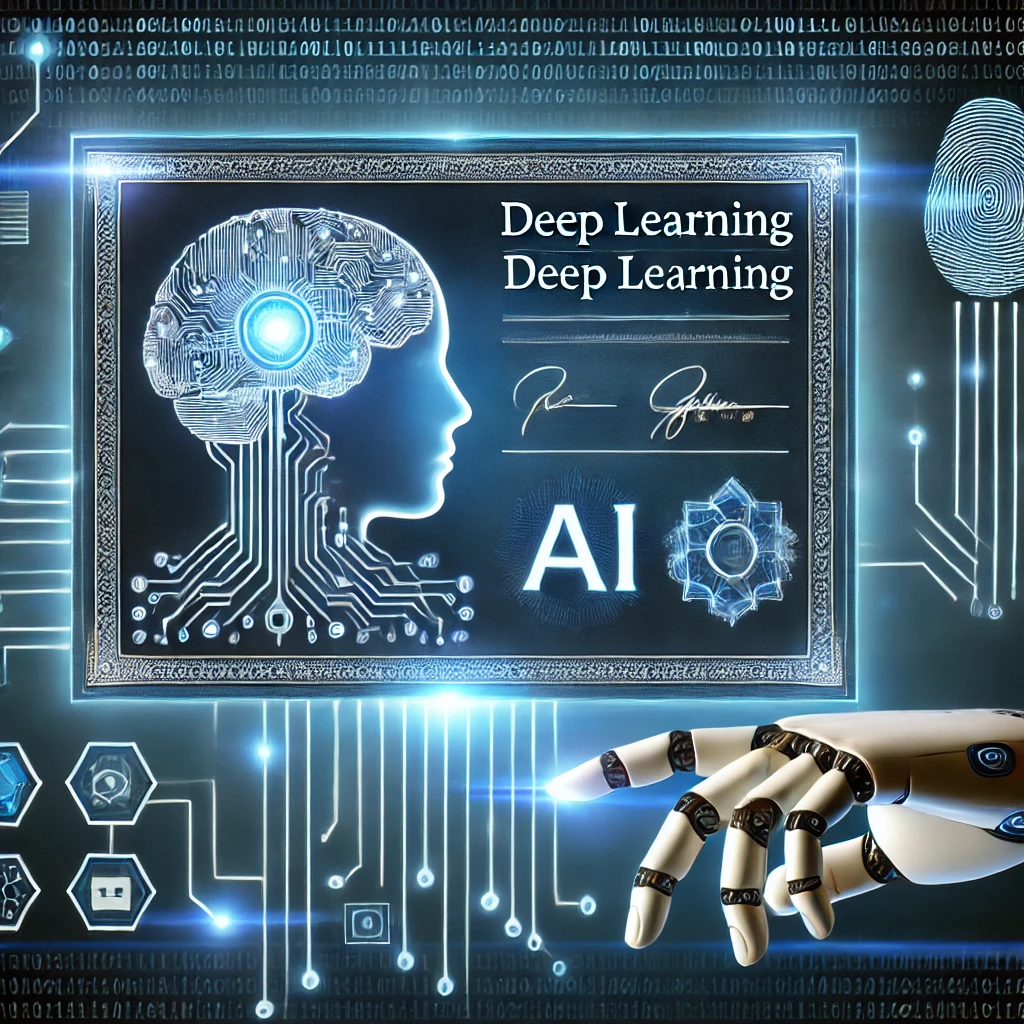In today’s fast-paced digital landscape, AI is revolutionizing how businesses operate, innovate, and grow. From automating mundane tasks to driving strategic decision-making, these tools empower industries to achieve new heights of productivity and creativity. Whether it is AI for virtual assistants, AI in manufacturing, or AI for environmental monitoring, the applications are diverse and impactful. In this article, we will explore some of the most powerful AI tools transforming industries and unlocking innovation.
Table of Contents
ToggleWhat Are AI Tools?
AI tools are software and platforms that utilize artificial intelligence to perform tasks traditionally requiring human intelligence. These tasks include data analysis, language processing, decision-making, and automation.
Benefits of AI Tools for Productivity and Innovation
Automating Repetitive Tasks
AI tools free up valuable time by handling routine tasks such as data entry, scheduling, and reporting, allowing teams to focus on strategic initiatives.
Enhancing Decision-Making
AI-driven insights enable businesses to make data-backed decisions faster and more accurately, boosting overall efficiency.
Driving Innovation
By leveraging AI, organizations can explore new markets, develop innovative products, and improve customer experiences.
Top Applications of AI Tools
AI for Virtual Assistants
AI for virtual assistants like Siri, Alexa, and Google Assistant streamlines daily tasks such as setting reminders, answering queries, and controlling smart devices. These tools enhance personal and professional productivity by providing instant access to information and services.
AI in Gaming
AI in gaming has transformed the gaming industry by creating more interactive and adaptive gameplay experiences. AI-driven characters learn and respond dynamically, while AI enhances graphics and game design through procedural generation.
AI in Education
With AI in education, learning becomes more personalized and accessible. AI-powered tools like adaptive learning platforms identify student needs, recommend resources, and provide instant feedback, improving overall engagement and outcomes.
AI in Financial Services
In the finance sector, AI in financial services automates processes like fraud detection, credit scoring, and risk assessment. These tools also enhance customer experiences by providing personalized financial advice and support.
AI for Video Analytics
AI for video analytics is crucial for monitoring, analyzing, and extracting insights from video data. It is widely used in security, retail, and sports for real-time surveillance, customer behavior analysis, and performance tracking.
AI in the Internet of Things
The integration of AI in the Internet of Things (IoT) enables devices to process data locally, improving efficiency and real-time decision-making. Smart home systems, wearable technology, and industrial IoT applications benefit from this synergy.
AI in Manufacturing
AI in manufacturing optimizes production lines by predicting equipment failures, automating quality control, and improving supply chain management. It reduces downtime and enhances operational efficiency.
AI for Environmental Monitoring
AI for environmental monitoring helps track climate changes, predict natural disasters, and optimize resource usage. These tools contribute to sustainability efforts by analyzing environmental data in real time.
How to Choose the Right AI Tool
Define Your Goals
Identify the specific challenges you want to address with AI, such as improving customer engagement or streamlining operations.
Evaluate Features and Scalability
Choose AI that aligns with your business needs and can scale as your organization grows.
Consider Integration
Ensure that the chosen AI tool integrates seamlessly with your existing systems and processes for maximum efficiency.
Challenges in Implementing AI Tools
Data Privacy Concerns
Handling sensitive data requires robust security measures to maintain compliance and prevent breaches.
High Initial Costs
Implementing AI tools can involve significant upfront investment, though the long-term benefits often outweigh the costs.
Skill Gaps
Organizations may face challenges in training employees to effectively use AI tools, necessitating proper training programs and resources.
Future Trends in AI Tools
Real-Time AI
As real-time processing becomes standard, AI tools will further enhance applications like AI for video analytics and AI in the Internet of Things.
Democratization of AI
No-code and low-code platforms are making AI tools more accessible, enabling even small businesses to benefit from advanced AI capabilities.
Enhanced Personalization
AI tools will continue to evolve in offering hyper-personalized experiences in fields like AI in education and customer service.
Conclusion
AI tools are revolutionizing productivity and innovation across industries, from AI for virtual assistants to AI in manufacturing and AI for environmental monitoring. By automating tasks, driving data-driven decisions, and enabling groundbreaking applications, AI tools empower businesses to achieve their goals faster and more efficiently. With advancements in technology, the adoption of AI tools will only accelerate, making them indispensable for future growth.
FAQs
1. What are AI tools?
AI tools are software solutions powered by artificial intelligence, designed to automate tasks, analyze data, and enhance decision-making across various industries.
2. How does AI improve education?
With AI in education, learning platforms adapt to student needs, provide personalized resources, and improve engagement by offering real-time feedback.
3. What is the role of AI in manufacturing?
AI in manufacturing optimizes production processes, predicts equipment failures, and enhances quality control, improving overall operational efficiency.
4. How does AI for video analytics work?
AI for video analytics processes video data to extract actionable insights, widely used in surveillance, customer behavior analysis, and sports performance tracking.
5. How does AI in the Internet of Things enhance functionality?
Integrating AI into the Internet of Things allows devices to process data locally, enabling faster decision-making and smarter interactions in real-time applications.



